-
 Trainer+ Volleyball Target
×
$9,950.0010 × $995.00
Trainer+ Volleyball Target
×
$9,950.0010 × $995.00 -
 Vertec™ Vertical Jump Trainer
×
$3,000.004 × $750.00
Vertec™ Vertical Jump Trainer
×
$3,000.004 × $750.00 -
 Volleyball Coaches Box: 24"
×
$2,610.006 × $435.00
Volleyball Coaches Box: 24"
×
$2,610.006 × $435.00 -
 Indoor Volleyball Net: Senoh HM50™
×
$820.002 × $410.00
Indoor Volleyball Net: Senoh HM50™
×
$820.002 × $410.00 -
 Volleyball Net Wall Graphic
×
$1,990.002 × $995.00
Volleyball Net Wall Graphic
×
$1,990.002 × $995.00 -
 Volleyball Net Antenna (Pair)
×
$130.001 × $130.00
Volleyball Net Antenna (Pair)
×
$130.001 × $130.00 -
 Crank Handle for HDNR Ratchet
×
$25.001 × $25.00
Crank Handle for HDNR Ratchet
×
$25.001 × $25.00 -
 XL Indoor Volleyball Net: Senoh HM50™
×
$420.001 × $420.00
XL Indoor Volleyball Net: Senoh HM50™
×
$420.001 × $420.00 -
 Heavy Duty Volleyball Net Ratchet - Black (SI-1™, AL7™)
×
$365.001 × $365.00
Heavy Duty Volleyball Net Ratchet - Black (SI-1™, AL7™)
×
$365.001 × $365.00 -
 Heavy Duty Net Ratchet - Red (AL7™-R, DE10™, DE11™ and DF10)
×
$365.001 × $365.00
Heavy Duty Net Ratchet - Red (AL7™-R, DE10™, DE11™ and DF10)
×
$365.001 × $365.00 -
 Heavy Duty Volleyball Net Ratchet: HDNR™-B-3.5
×
$395.001 × $395.00
Heavy Duty Volleyball Net Ratchet: HDNR™-B-3.5
×
$395.001 × $395.00 -
 Sitting Volleyball Net
×
$380.001 × $380.00
Sitting Volleyball Net
×
$380.001 × $380.00 -
 Mini Volleyball Net
×
$100.001 × $100.00
Mini Volleyball Net
×
$100.001 × $100.00 -
 Custom Indoor Volleyball Pole Padding
×
$495.001 × $495.00
Custom Indoor Volleyball Pole Padding
×
$495.001 × $495.00 -
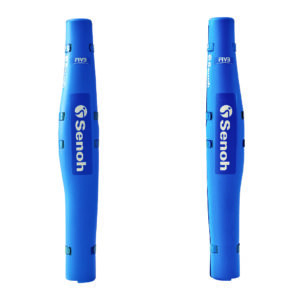 Senoh FIVB Indoor Volleyball Pole Pads (Pair)
×
$1,489.221 × $1,489.22
Senoh FIVB Indoor Volleyball Pole Pads (Pair)
×
$1,489.221 × $1,489.22 -
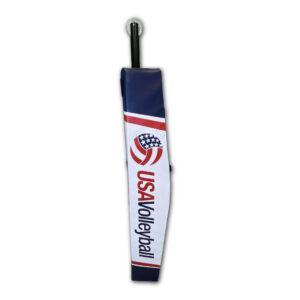 USA Volleyball Indoor Pole Safety Pad
×
$430.001 × $430.00
USA Volleyball Indoor Pole Safety Pad
×
$430.001 × $430.00 -
 Sitting Volleyball Safety Pad
×
$210.001 × $210.00
Sitting Volleyball Safety Pad
×
$210.001 × $210.00 -
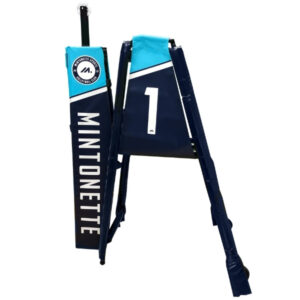 PSP1 Volleyball Official Stand Custom Wrap
×
$335.001 × $335.00
PSP1 Volleyball Official Stand Custom Wrap
×
$335.001 × $335.00 -
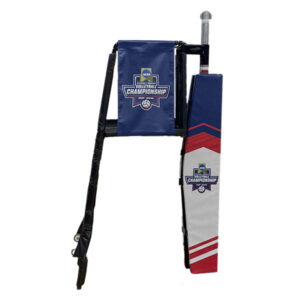 OSP3 Volleyball Referee Stand Custom Wrap
×
$335.001 × $335.00
OSP3 Volleyball Referee Stand Custom Wrap
×
$335.001 × $335.00 -
 Volleyball Net Lock Rope Tightener
×
$22.001 × $22.00
Volleyball Net Lock Rope Tightener
×
$22.001 × $22.00 -
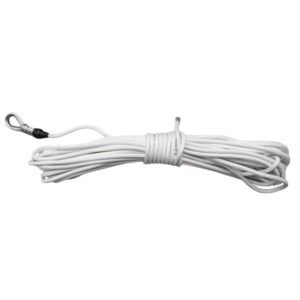 Technora Top Cable for HM50™ Volleyball Net
×
$105.001 × $105.00
Technora Top Cable for HM50™ Volleyball Net
×
$105.001 × $105.00 -
 Dowel Rods (pair)
×
$17.001 × $17.00
Dowel Rods (pair)
×
$17.001 × $17.00 -
 XL Volleyball Net Tension Side Straps - (set of 6)
×
$21.001 × $21.00
XL Volleyball Net Tension Side Straps - (set of 6)
×
$21.001 × $21.00 -
 XL Technora Top Cable for XL HM50™ Volleyball Net
×
$120.001 × $120.00
XL Technora Top Cable for XL HM50™ Volleyball Net
×
$120.001 × $120.00 -
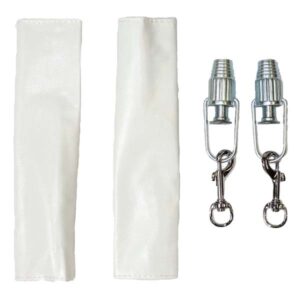 Net Lock Tighteners with Net Lock Covers (pair)
×
$35.001 × $35.00
Net Lock Tighteners with Net Lock Covers (pair)
×
$35.001 × $35.00 -
 Volleyball Net Lock Cover (pair)
×
$13.001 × $13.00
Volleyball Net Lock Cover (pair)
×
$13.001 × $13.00 -
 End plug for DE73 Volleyball Official Stand
×
$15.001 × $15.00
End plug for DE73 Volleyball Official Stand
×
$15.001 × $15.00 -
 End Plug for PS1 Volleyball Official Stand
×
$15.001 × $15.00
End Plug for PS1 Volleyball Official Stand
×
$15.001 × $15.00 -
 Kevlar Replacement Volleyball Net Rope
×
$30.001 × $30.00
Kevlar Replacement Volleyball Net Rope
×
$30.001 × $30.00 -
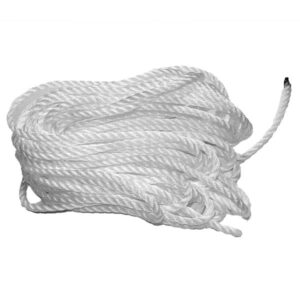 Bottom Volleyball Net Cable
×
$22.001 × $22.00
Bottom Volleyball Net Cable
×
$22.001 × $22.00 -
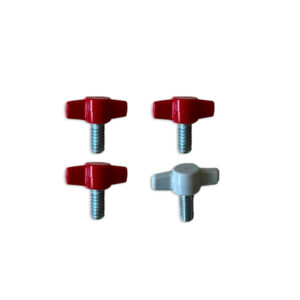 Vertec™ Replacement Part Kit
×
$15.001 × $15.00
Vertec™ Replacement Part Kit
×
$15.001 × $15.00 -
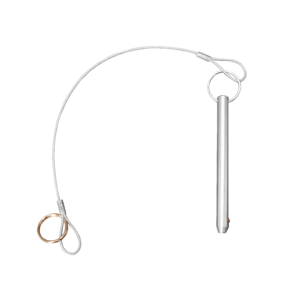 Stop Pin for the SI-1
×
$25.001 × $25.00
Stop Pin for the SI-1
×
$25.001 × $25.00 -
 Stop Pin for the DE11/AL7
×
$25.001 × $25.00
Stop Pin for the DE11/AL7
×
$25.001 × $25.00 -
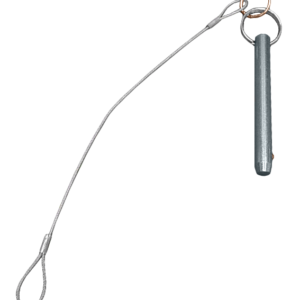 Stop Pin For The CO8 Volleyball Pole
×
$25.001 × $25.00
Stop Pin For The CO8 Volleyball Pole
×
$25.001 × $25.00 -
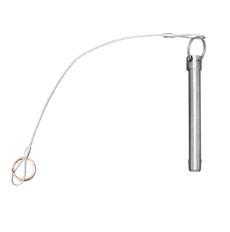 Stop Pin: SV15 Beach Volleyball Pole
×
$25.001 × $25.00
Stop Pin: SV15 Beach Volleyball Pole
×
$25.001 × $25.00 -
 End Plug for DE10 and DE11 Volleyball Poles
×
$26.001 × $26.00
End Plug for DE10 and DE11 Volleyball Poles
×
$26.001 × $26.00 -
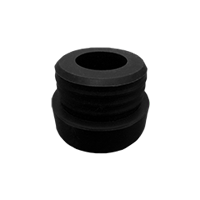 End Plug For the SI-1 Carbon Volleyball Pole
×
$26.001 × $26.00
End Plug For the SI-1 Carbon Volleyball Pole
×
$26.001 × $26.00 -
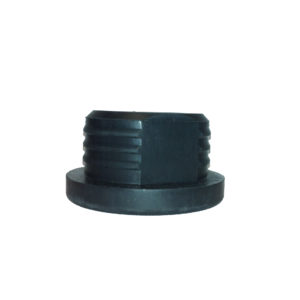 End Plug for the AL7 Volleyball Pole
×
$26.001 × $26.00
End Plug for the AL7 Volleyball Pole
×
$26.001 × $26.00 -
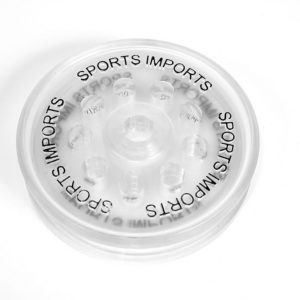 Pulley Wheel for the AL7/DE11/SI-1 Volleyball Poles
×
$31.001 × $31.00
Pulley Wheel for the AL7/DE11/SI-1 Volleyball Poles
×
$31.001 × $31.00 -
 Volleyball Net Carrying Bag
×
$125.001 × $125.00
Volleyball Net Carrying Bag
×
$125.001 × $125.00 -
 Custom Printed Volleyball Top Net Tape
×
$335.001 × $335.00
Custom Printed Volleyball Top Net Tape
×
$335.001 × $335.00 -
 Volleyball Net Height Chain
×
$8.001 × $8.00
Volleyball Net Height Chain
×
$8.001 × $8.00 -
 Custom Volleyball Ball Cart
×
$395.001 × $395.00
Custom Volleyball Ball Cart
×
$395.001 × $395.00 -
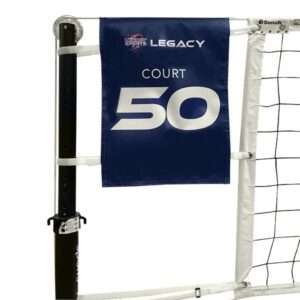 Custom Volleyball Net Court Label
×
$95.001 × $95.00
Custom Volleyball Net Court Label
×
$95.001 × $95.00 -
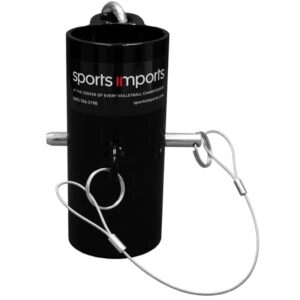 Net Height Adapter for SI-1
×
$185.001 × $185.00
Net Height Adapter for SI-1
×
$185.001 × $185.00 -
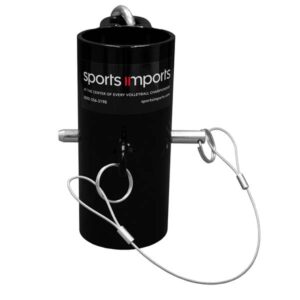 Net Height Adapter for AL7
×
$185.001 × $185.00
Net Height Adapter for AL7
×
$185.001 × $185.00 -
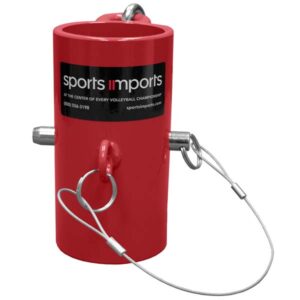 Net Height Adapter for DE11
×
$185.001 × $185.00
Net Height Adapter for DE11
×
$185.001 × $185.00 -
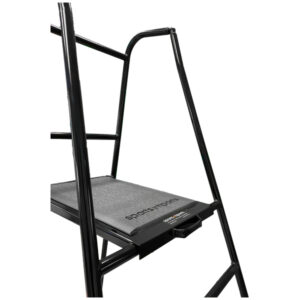 Volleyball Referee Stand Anti-Fatigue Mat
×
$50.001 × $50.00
Volleyball Referee Stand Anti-Fatigue Mat
×
$50.001 × $50.00 -
 Sitting Volleyball Net Antenna
×
$130.001 × $130.00
Sitting Volleyball Net Antenna
×
$130.001 × $130.00 -
 Fox 40 Electronic Whistle
×
$41.982 × $20.99
Fox 40 Electronic Whistle
×
$41.982 × $20.99 -
 USA Volleyball Top Net Tape
×
$275.001 × $275.00
USA Volleyball Top Net Tape
×
$275.001 × $275.00 -
 Custom Volleyball Cart Storage Bag
×
$540.002 × $270.00
Custom Volleyball Cart Storage Bag
×
$540.002 × $270.00 -
 Referee Bundle
×
$70.001 × $70.00
Referee Bundle
×
$70.001 × $70.00 -
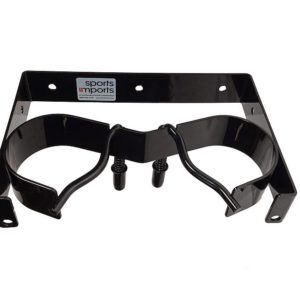 Volleyball Pole Wall Rack
×
$195.001 × $195.00
Volleyball Pole Wall Rack
×
$195.001 × $195.00 -
 Volleyball Pole Locking Wall Rack (2 poles)
×
$210.001 × $210.00
Volleyball Pole Locking Wall Rack (2 poles)
×
$210.001 × $210.00 -
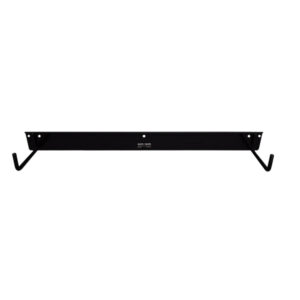 Volleyball Net Wall Rack
×
$95.001 × $95.00
Volleyball Net Wall Rack
×
$95.001 × $95.00 -
 DU22: Volleyball Pole Storage Cart
×
$940.001 × $940.00
DU22: Volleyball Pole Storage Cart
×
$940.001 × $940.00 -
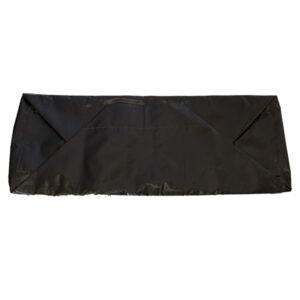 Storage Cart Bag for the DU22
×
$75.001 × $75.00
Storage Cart Bag for the DU22
×
$75.001 × $75.00 -
 Volleyball Ball Cart (BC1)
×
$825.003 × $275.00
Volleyball Ball Cart (BC1)
×
$825.003 × $275.00 -
 Volleyball Coaches Box: XL 24"
×
$1,180.002 × $590.00
Volleyball Coaches Box: XL 24"
×
$1,180.002 × $590.00 -
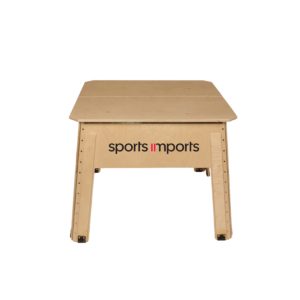 Volleyball Coaches Box: 18"
×
$850.002 × $425.00
Volleyball Coaches Box: 18"
×
$850.002 × $425.00 -
 Volleyball Coaches Box: XL 18"
×
$1,170.002 × $585.00
Volleyball Coaches Box: XL 18"
×
$1,170.002 × $585.00 -
 Carrying Strap for Coaches Box
×
$50.002 × $25.00
Carrying Strap for Coaches Box
×
$50.002 × $25.00 -
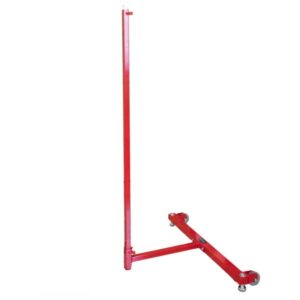 Trainer Plus Base
×
$900.002 × $450.00
Trainer Plus Base
×
$900.002 × $450.00 -
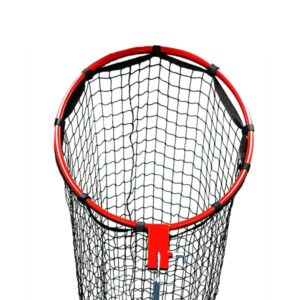 Large Hoop with Net for the Trainer+
×
$285.001 × $285.00
Large Hoop with Net for the Trainer+
×
$285.001 × $285.00 -
 Small Hoop with Net for the Trainer+
×
$260.001 × $260.00
Small Hoop with Net for the Trainer+
×
$260.001 × $260.00 -
 Trainer+ U-Shaped Head Attachment
×
$400.002 × $200.00
Trainer+ U-Shaped Head Attachment
×
$400.002 × $200.00 -
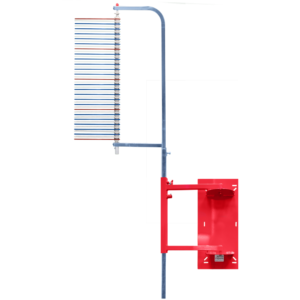 Vertec™ Vertical Jump Trainer - Wall Mounted
×
$1,500.002 × $750.00
Vertec™ Vertical Jump Trainer - Wall Mounted
×
$1,500.002 × $750.00 -
 Vertec™ Head Frame and Reset Tool
×
$600.002 × $300.00
Vertec™ Head Frame and Reset Tool
×
$600.002 × $300.00 -
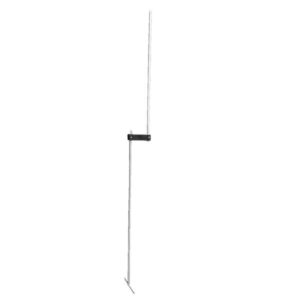 Vertec™ Jump Trainer Reset Tool
×
$100.002 × $50.00
Vertec™ Jump Trainer Reset Tool
×
$100.002 × $50.00 -
 Multi-Colored Training Top Net Tape
×
$570.002 × $285.00
Multi-Colored Training Top Net Tape
×
$570.002 × $285.00 -
 Numbered Training Top Net Tape
×
$570.002 × $285.00
Numbered Training Top Net Tape
×
$570.002 × $285.00 -
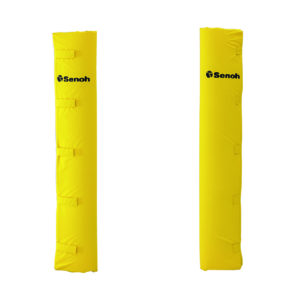 Senoh FIVB Beach Volleyball Pole Safety Pads (Pair)
×
$456.001 × $456.00
Senoh FIVB Beach Volleyball Pole Safety Pads (Pair)
×
$456.001 × $456.00 -
 Senoh FIVB Beach Volleyball Court Boundary Markers
×
$656.721 × $656.72
Senoh FIVB Beach Volleyball Court Boundary Markers
×
$656.721 × $656.72 -
 Senoh FIVB Beach Volleyball Net
×
$635.631 × $635.63
Senoh FIVB Beach Volleyball Net
×
$635.631 × $635.63 -
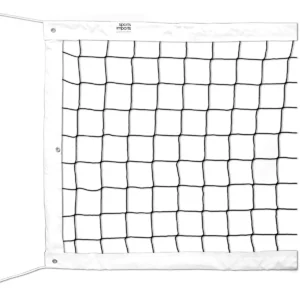 Beach Volleyball Net – 32ft
×
$415.001 × $415.00
Beach Volleyball Net – 32ft
×
$415.001 × $415.00 -
 Beach Volleyball Net - 28FT
×
$405.001 × $405.00
Beach Volleyball Net - 28FT
×
$405.001 × $405.00 -
 Custom Beach Volleyball Net
×
$740.001 × $740.00
Custom Beach Volleyball Net
×
$740.001 × $740.00 -
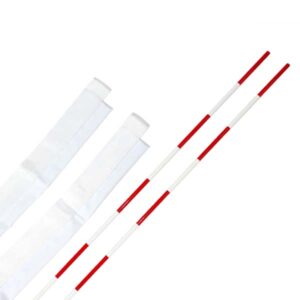 Beach Volleyball Net Antenna (pair)
×
$80.001 × $80.00
Beach Volleyball Net Antenna (pair)
×
$80.001 × $80.00 -
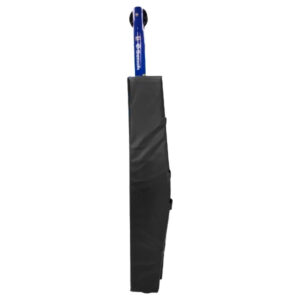 Beach Volleyball Pole Safety Pad
×
$290.001 × $290.00
Beach Volleyball Pole Safety Pad
×
$290.001 × $290.00 -
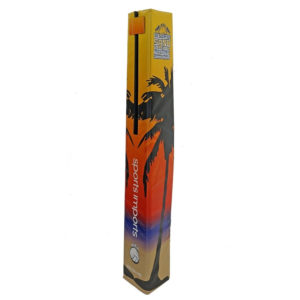 Custom Printed Beach Volleyball Pole Padding
×
$495.001 × $495.00
Custom Printed Beach Volleyball Pole Padding
×
$495.001 × $495.00 -
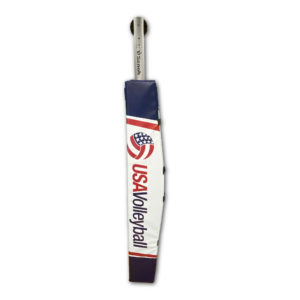 USA Volleyball Outdoor Pole Safety Pad
×
$430.001 × $430.00
USA Volleyball Outdoor Pole Safety Pad
×
$430.001 × $430.00 -
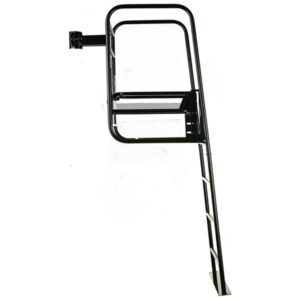 Beach Volleyball Official Stand (SV99)
×
$930.001 × $930.00
Beach Volleyball Official Stand (SV99)
×
$930.001 × $930.00 -
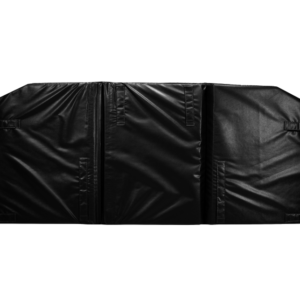 Beach Volleyball Official Stand Padding
×
$355.001 × $355.00
Beach Volleyball Official Stand Padding
×
$355.001 × $355.00 -
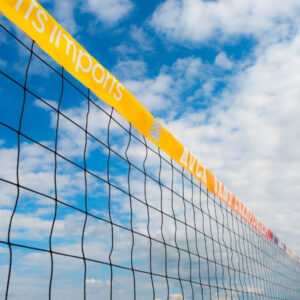 Custom Beach Volleyball Top Net Tape
×
$340.001 × $340.00
Custom Beach Volleyball Top Net Tape
×
$340.001 × $340.00 -
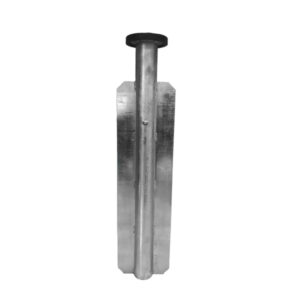 Senoh Beach Volleyball Net System Anchor
×
$395.001 × $395.00
Senoh Beach Volleyball Net System Anchor
×
$395.001 × $395.00 -
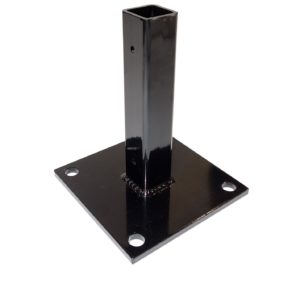 Beach2 Volleyball Pole Base
×
$120.001 × $120.00
Beach2 Volleyball Pole Base
×
$120.001 × $120.00 -
 Pickleball Collar for the DG11
×
$44.001 × $44.00
Pickleball Collar for the DG11
×
$44.001 × $44.00 -
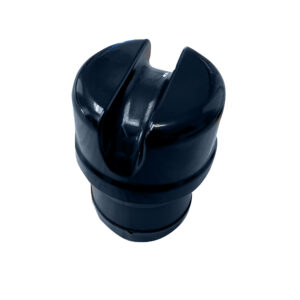 Badminton Pole Cap for the DG11
×
$16.001 × $16.00
Badminton Pole Cap for the DG11
×
$16.001 × $16.00 -
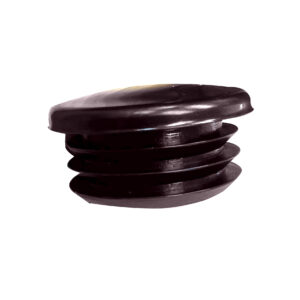 End Plug for Badminton Poles
×
$10.001 × $10.00
End Plug for Badminton Poles
×
$10.001 × $10.00 -
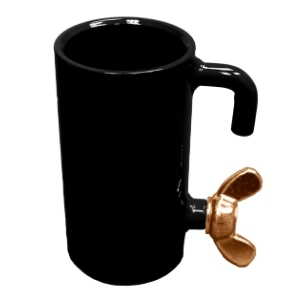 Sliding Hook for DG11 Badminton Pole
×
$62.001 × $62.00
Sliding Hook for DG11 Badminton Pole
×
$62.001 × $62.00


